Browse Exhibits (7 total)
Solidarity in Milwaukee
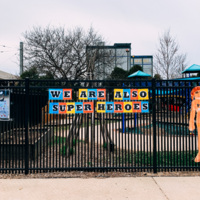
I photographed displays of solidarity in Milwaukee, Wisconsin during the global pandemic. The response of several Milwaukee staples has been to make signs and artwork to portray a solidarity with their patrons and community members. I chose this project because of the transience of these displays. Some have changed already, and others will be a lasting memory of this moment in time. I hope to show how our city has come together in such an uncertain time.
During the Safer at Home order, art and signs cover the outside of businesses, schools, and other organizations that have closed. The state of society is noticeably strange, with most buildings forced to remain closed throughout the months of March, April and now May. There is no certainty for the summer months following Governor Evers’ extended order, and small businesses continue to weather this storm. There are sculptures with face masks, billboards, and windows covered with at-home art projects. Playgrounds and parks have been closed off and grocery stores and restaurants have changed the way customers filter through. I'm interested in doing this project because I see these public displays as I go for walks or scroll through social media. This project along with the rest of the JAMS class is important for the collective memory of this historic period. People respond well to displays of solidarity and it is something that is relevant to the Milwaukee community, and the rest of the world.
Nowhere to Play
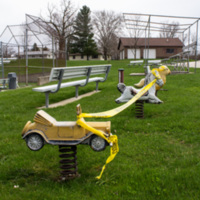
Playgrounds have been blocked off using bright yellow caution tape to keep children from playing on them due to Wisconsin’s Safer at Home order during the COVID-19 pandemic. While the caution tape protects children from spreading and contracting the virus, it gives the generally joyful and youthful space the eerie feeling of a crime scene. COVID-19 has turned some of the busiest communities into ghost towns, and the taped off playgrounds add yet another haunting layer to the devastating effects of the pandemic.
Desolate Spaces
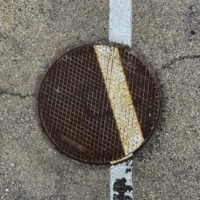
During quarantine I took pictures of empty parking lots around the area. Because of the global pandemic currently going on, I wanted to see how places have changed due to the lack of human contact. It was both interesting and a little eerie at to see what you can find in empty spaces that are usually filled with so much life. By showing a space that was once always busy and full, it symbolizes how we all have to do our part in staying home so that those empty spaces can once again be filled with life when this pandemic is finally over. This project is meaningful to me and the larger community as well.
Cocktails for Quarantine
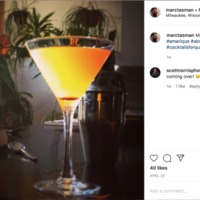
A selection of daily cocktails from the first 50 days (and counting) of the pandemic, since March 14, 2020, (day 1).
Distance Learning During Quarantine
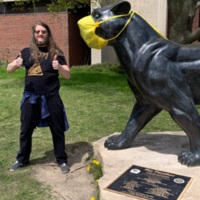
On March 24, 2020, Wisconsin Governor Tony Evers signed the “Safer at Home” executive order due to the Coronavirus pandemic. The order expressed that “public and private K-12 schools are closed for pupil instruction.” Higher Education in Wisconsin was also mandated to transition to online education. Only travel to return home or to gather materials for distance learning were allowed under the order. For the first time in history, education around the country transitioned online. This exhibit explores how students and teachers experienced this shift.
I Assure You, We're Open
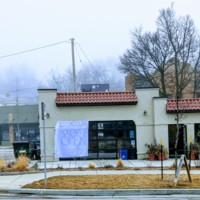
This exhibit explores how Milwaukee's bars and restaurants have reacted, adapted, endured and evolved in the lead-up to Governor Evers' "Safer At Home" order, and following its being struck down by the state supreme court.
Milwaukee Museums Respond to the COVID-19 Pandemic
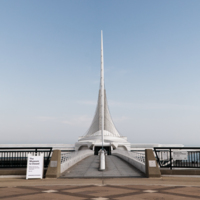
Wisconsin's "Safer at Home" order not only shut down businesses, it also instructed cultural institutions like museums to close as well. This exhibit exlores how these instititons experienced the pandemic and worked to bring people into their community even when their doors were closed.
